1.Methods of Lateral Viewing with a Borescope
There are primarily two methods of lateral viewing using a borescope. I will introduce the characteristics of each method.
◆ Utilizing a lateral (90°) viewing borescope
The lateral viewing type of borescope, characterized by an optical path arranged in a single direction, may exhibit uneven brightness across the observed surface due to its directional lighting configuration.
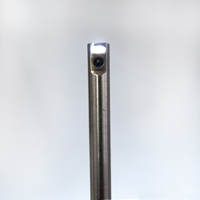 |
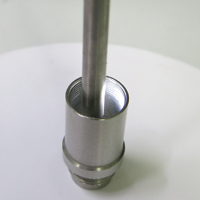 |
|
|
Imbalance in brightness occurs across the observation surface |
Additionally, since the illumination is not ring-shaped but directional, uneven brightness may occur on the screen when observing reflective objects.
◆ Covering a direct-view borescope with a side-view tube (side-view adapter).
– A side-view tube (side-view adapter) is an accessory designed for enabling lateral viewing with a direct-view borescope. Simply fitting it over the tip allows for easy lateral observation.
– Note: The diameter of the side-view tube (side-view adapter) for a φ4mm borescope is φ5.5mm, which makes it slightly thicker.

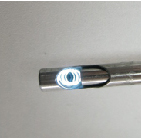 |
– Image of a Side-View Tube (Side-View Adapter) Installation |
– The advantage of the side-view tube (side-view adapter) is that it can be rotated while attached, allowing for easy observation of a 360° field of view.

– The disadvantage is that the edges of the mirror are visible, preventing the use of the entire field of view.
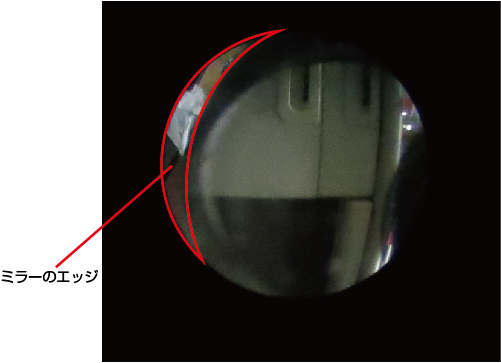
– Using a direct-view type results in ring-shaped illumination. Additionally, the mirror is more susceptible to the effects of dust and dirt (reflections).。
2. When connecting a camera to a borescope.
– When connecting a camera, the differences in this method significantly impact the results, as cameras generally have a lower dynamic range than the human eye.
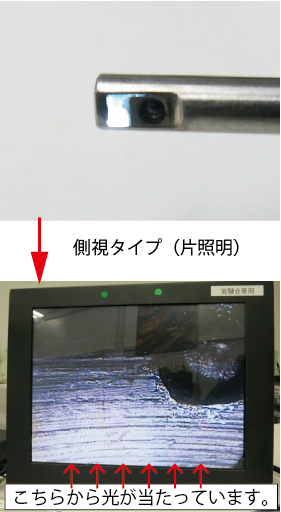 |
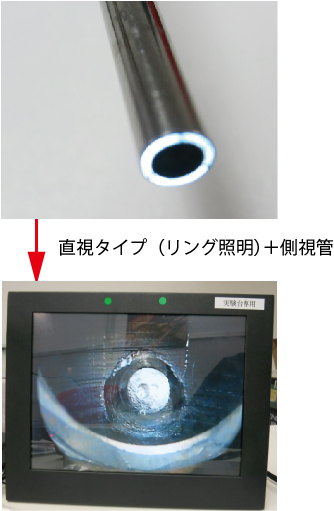 |
| – Advantages and Disadvantages of Lateral Viewing Type | – Advantages and Disadvantages of Direct-Viewing Type |
| – Bright and dark areas occur on the same surface. – In the presence of lateral holes, the walls and bottom surfaces of these holes will be shadowed. |
– When observing the same surface, the central area appears bright while the periphery remains dark. – Light also reaches the walls and bottom surfaces of lateral holes. – The edges of the mirror are reflected in the view. – The attachment and removal of the side-view tube allow for both direct and lateral observation. |
|
|
|
|
– However, depending on the reflectivity and shape of the object, the lateral viewing type may provide a clearer view.
|
|
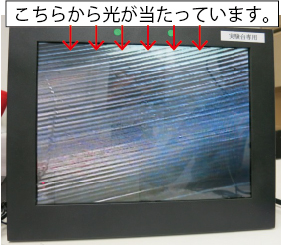 |
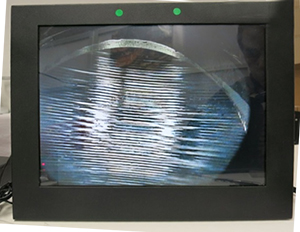 |
| <Lateral Viewing Type> ・The observation surface is easier to see.。 |
<Direct Viewing Type with Side-View Tube> ・Illumination is reflected in the central area. |
3. Recommended Camera Feature for Borescope Observation: “WDR (HDR)”
Our company recommends cameras with WDR (HDR) functionality for borescope use.
WDR (HDR) stands for Wide Dynamic Range (High Dynamic Range), a feature that expands the camera’s dynamic range.
Below is an image taken with a camera equipped with WDR functionality connected to a side-view type borescope.
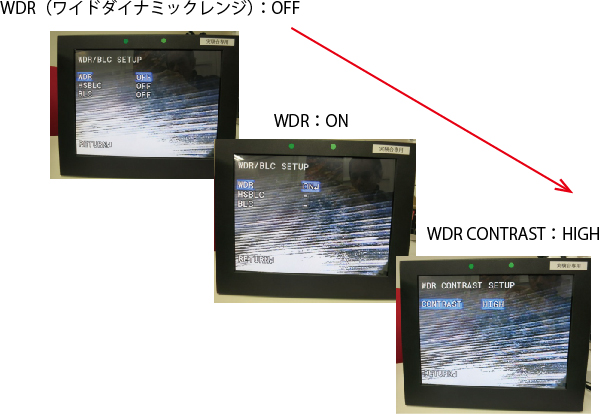
The “Lateral Viewing (90°) Type” and “Direct Viewing Type” borescopes introduced here are available through our company.
For more details, please visit the product pages below.



